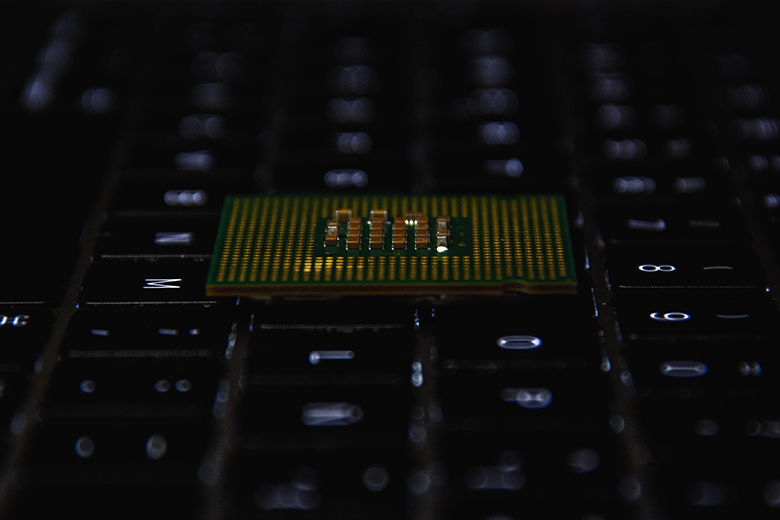Apple and Intel break a relationship that has lasted more than 15 years. This is a historic moment, as Tim Cook, CEO of the apple corporation, has described it. Finally, an objective that has been on the table for a long time is completed. The first generation Mac with its own processor will go on sale later this year.
This step, of great strategic weight according to those responsible for Apple, means leaving the x86 architecture in the lurch to use a new chip developed entirely by the company. The main concern has been to facilitate a smooth transition for millions of users. In response to this need, they have developed Rosetta 2 (a very apt name): a program, also under the Apple label, which in the past has been concerned with facilitating the transition from PowerPC to Intel chips. Their role is to translate the software so that it is compatible with the new processors they plan to implement.
According to Apple, “it all started with the iPhone.” During the development phase of the iPhone, one of its flagship products, they had to work hard to design a small chip, energy-efficient and with a high processing capacity in record time. This research process led them to complete their first chip, which was baptized as A4 and carried the first iPad and version 4 of their iPhone.
Of course, the optimization process has been promoted internally over the last few years, and the appearance of improvements has been constant until 2018 when Apple launched its new iPhone equipped with the A12 Bionic processor. (neural network). A milestone that placed the company on another level, something that it intends to repeat now.
Returning to the present point, the thing is serious. In fact, Microsoft already has prepared versions of Word and Excel adapted to the new Mac architecture; Adobe, for its part, has adapted Photoshop and Lightroom.
Well, make their own processors, taking advantage of the know-how acquired during the development phase of their chips for iPhone and iPad (it cannot be forgotten that their processors achieved a performance up to one hundred times higher than those of the old generation). The name chosen to define this new product has been Apple Silicon.
The Mac native transition is intended to enable much higher performance than competing products and to minimize power consumption. Over time, Apple will develop different ranges of Apple Silicon that will be integrated into its new computers (following the model implemented in its range of tablets and smartphones).
In short, Apple is venturing into a new era that will take it to a new level of processors. The transition will be completed within two years – the clock is ticking.

